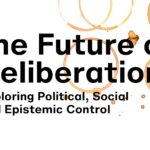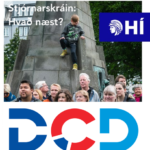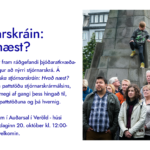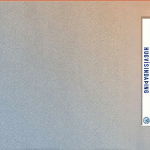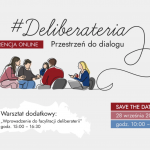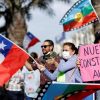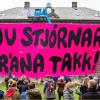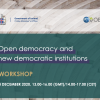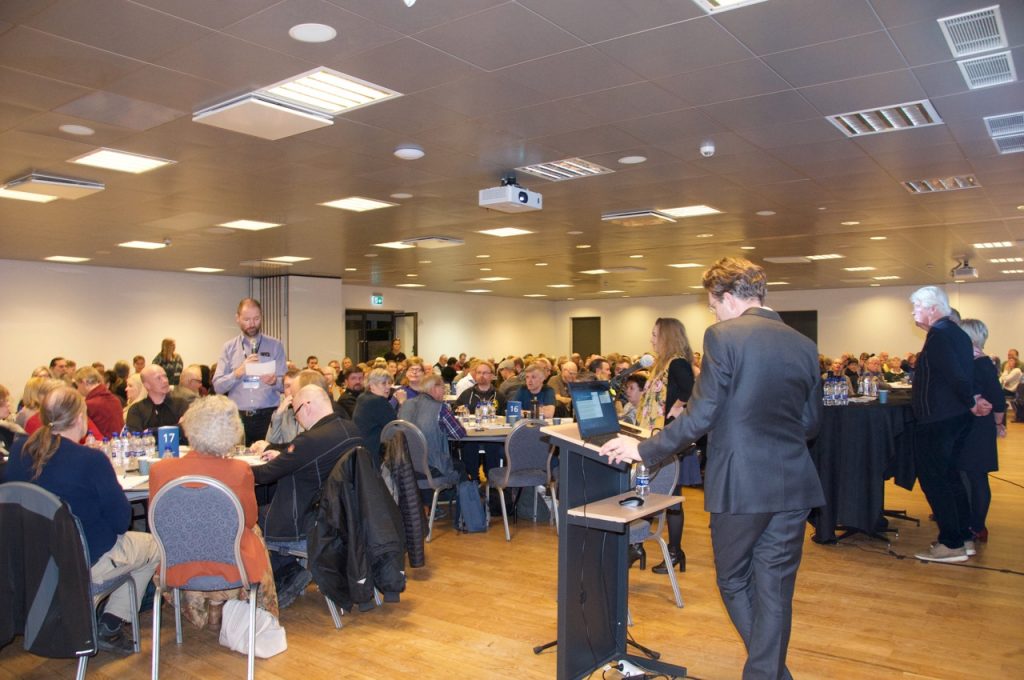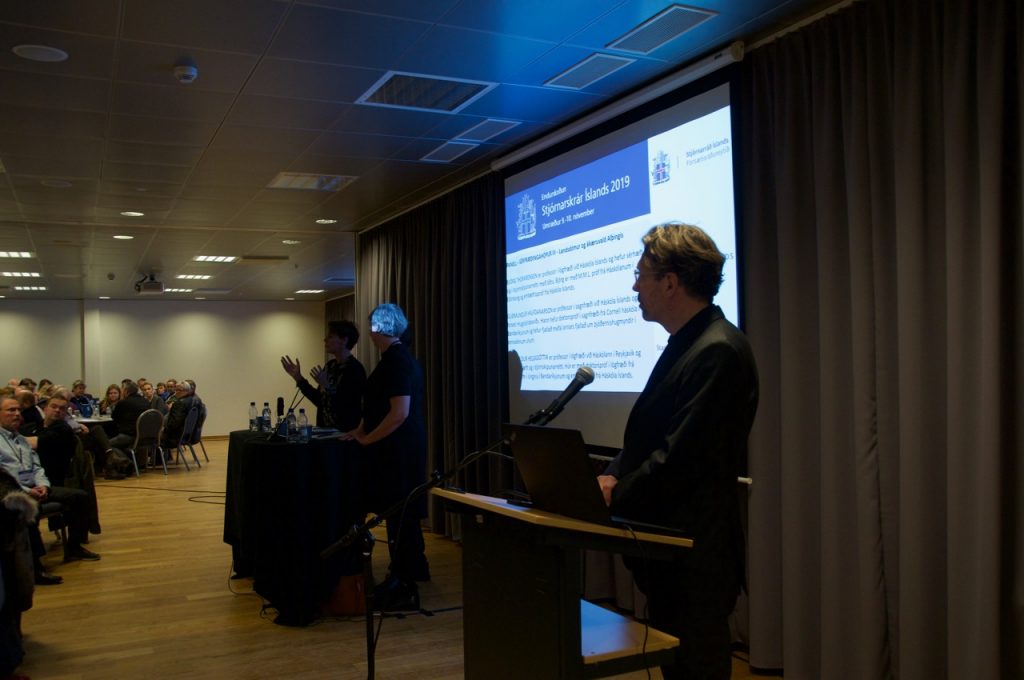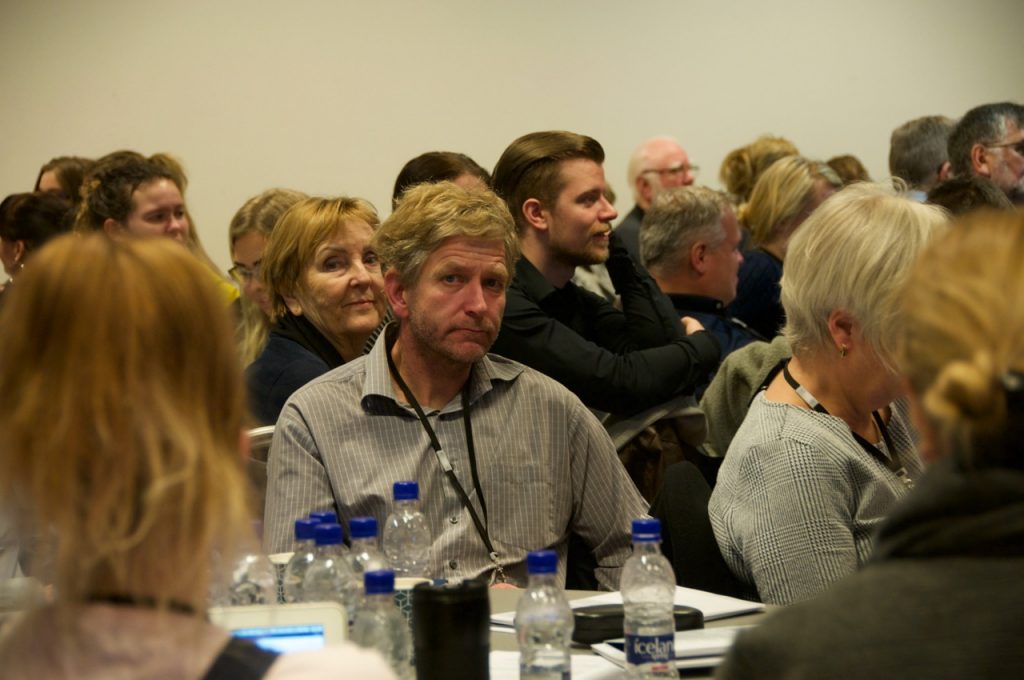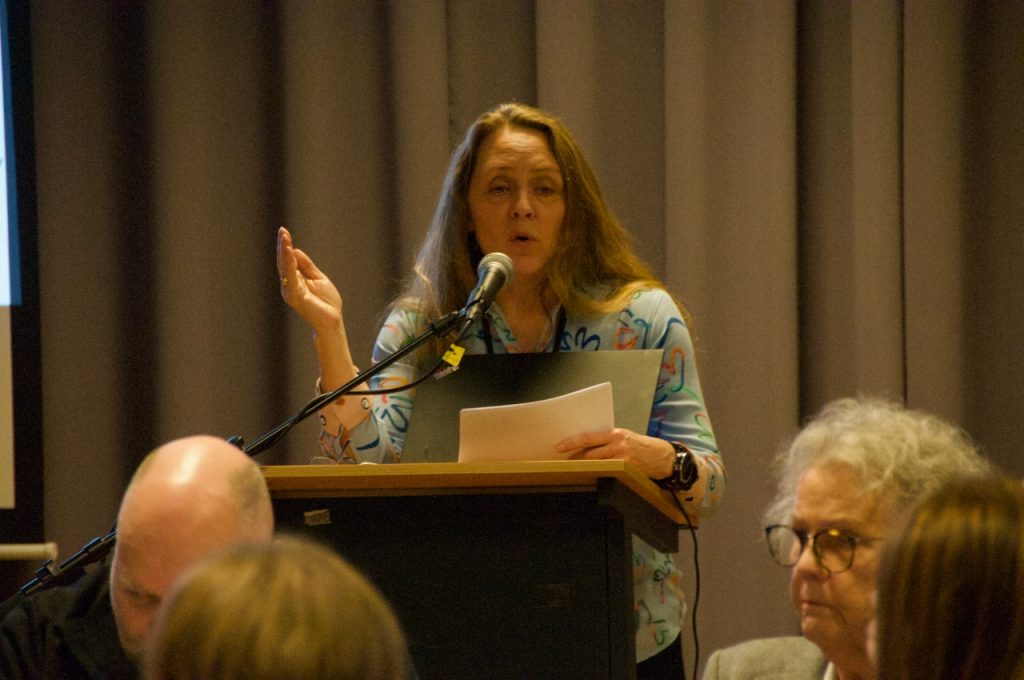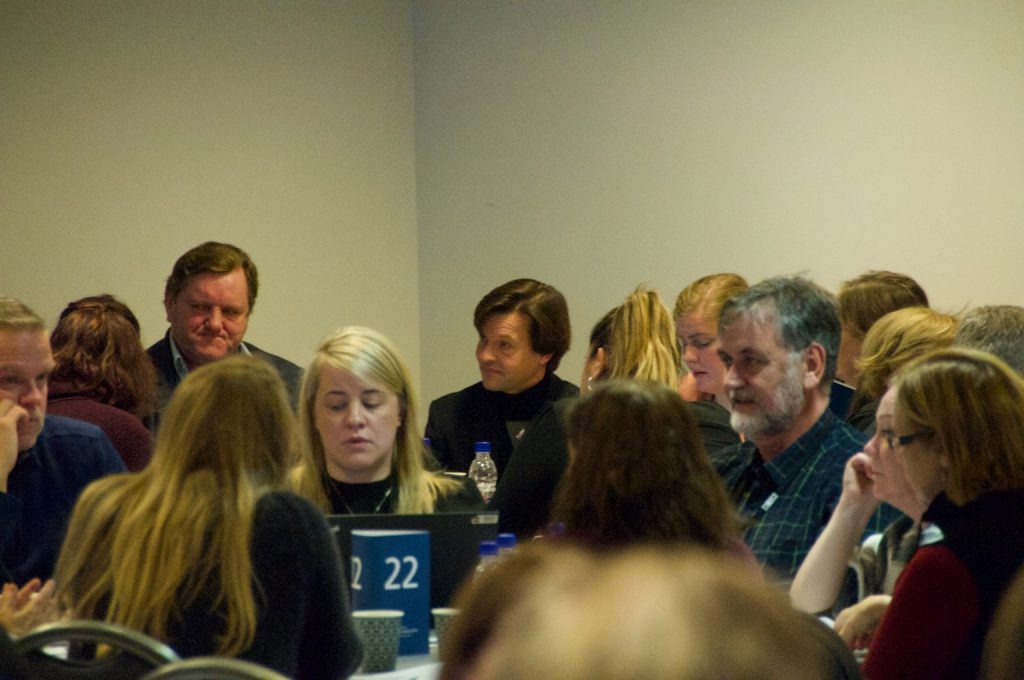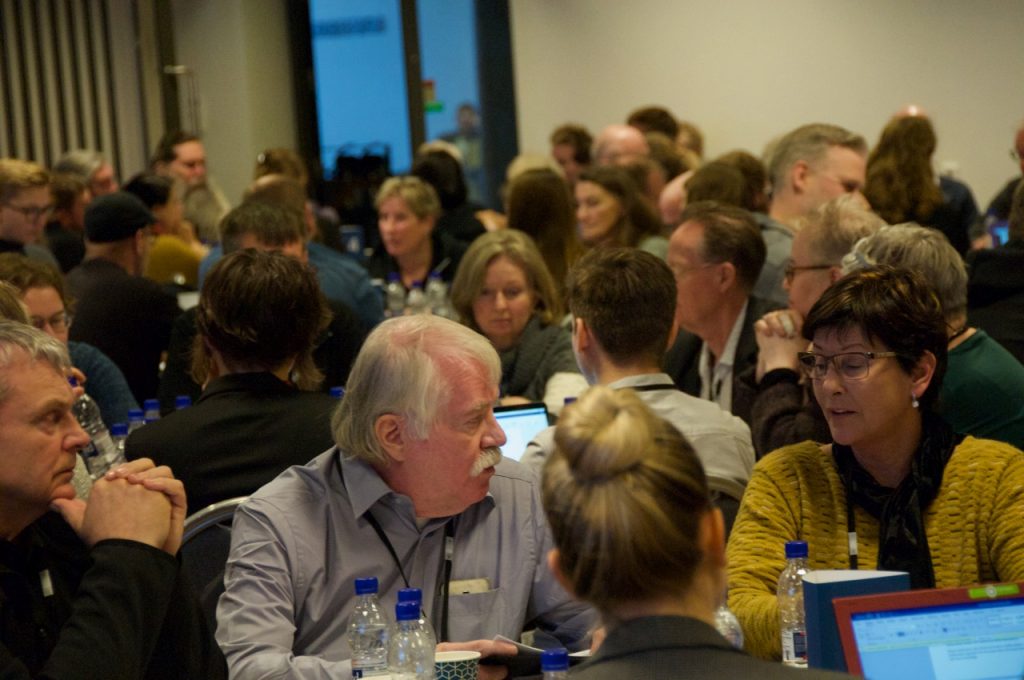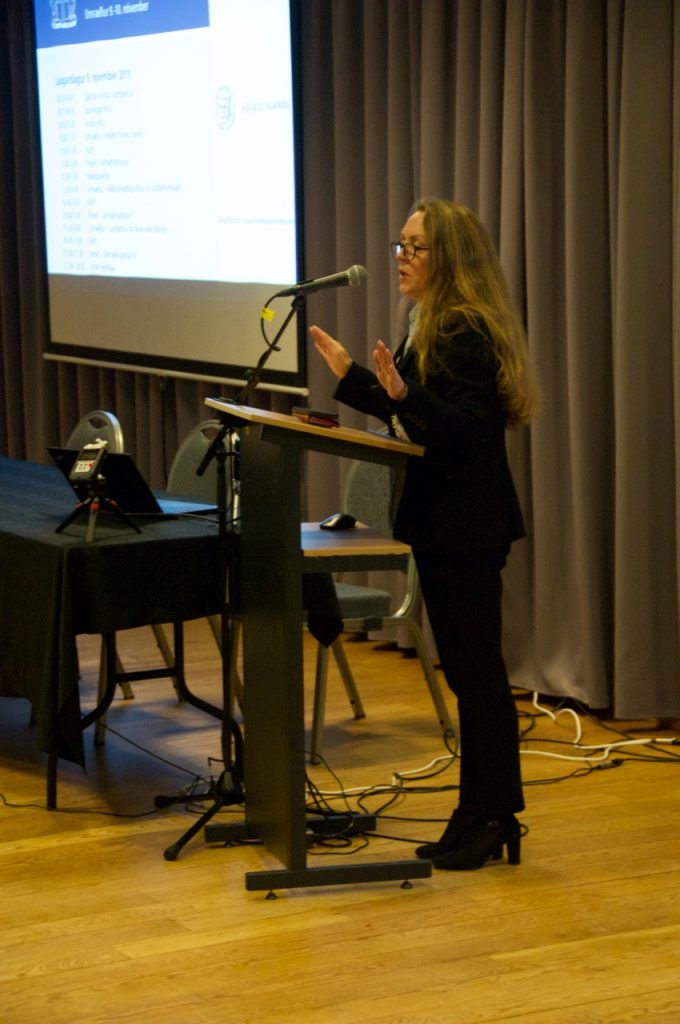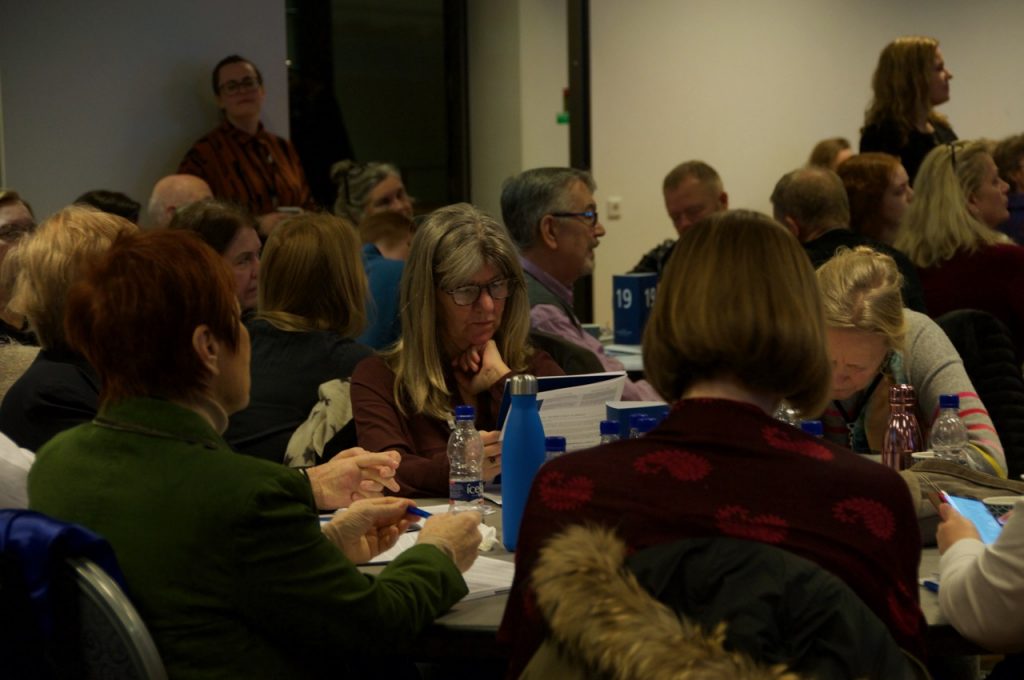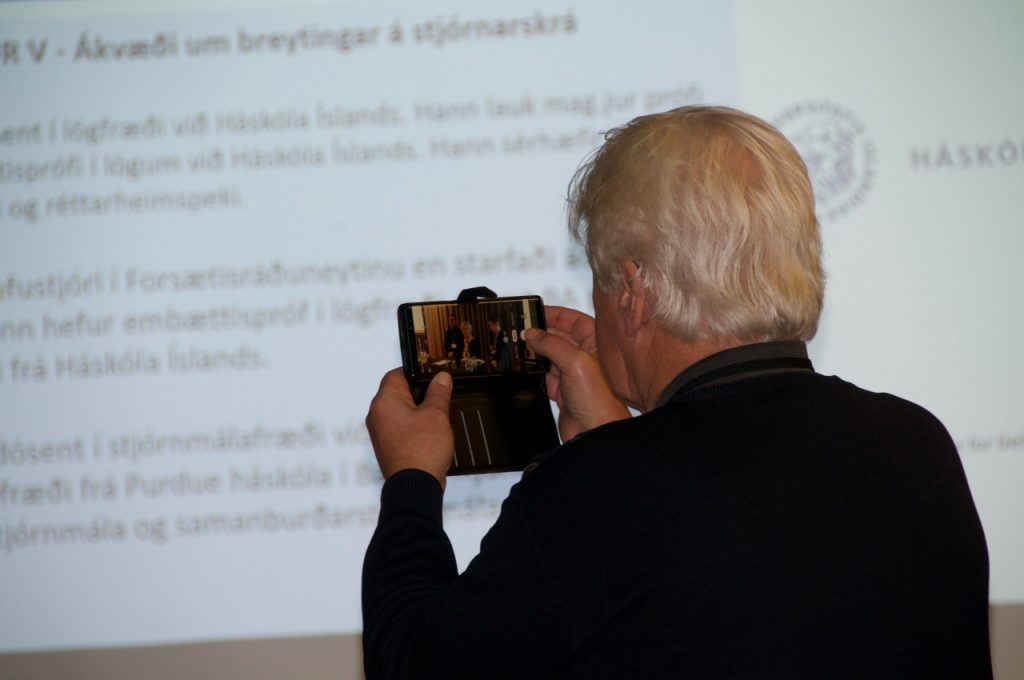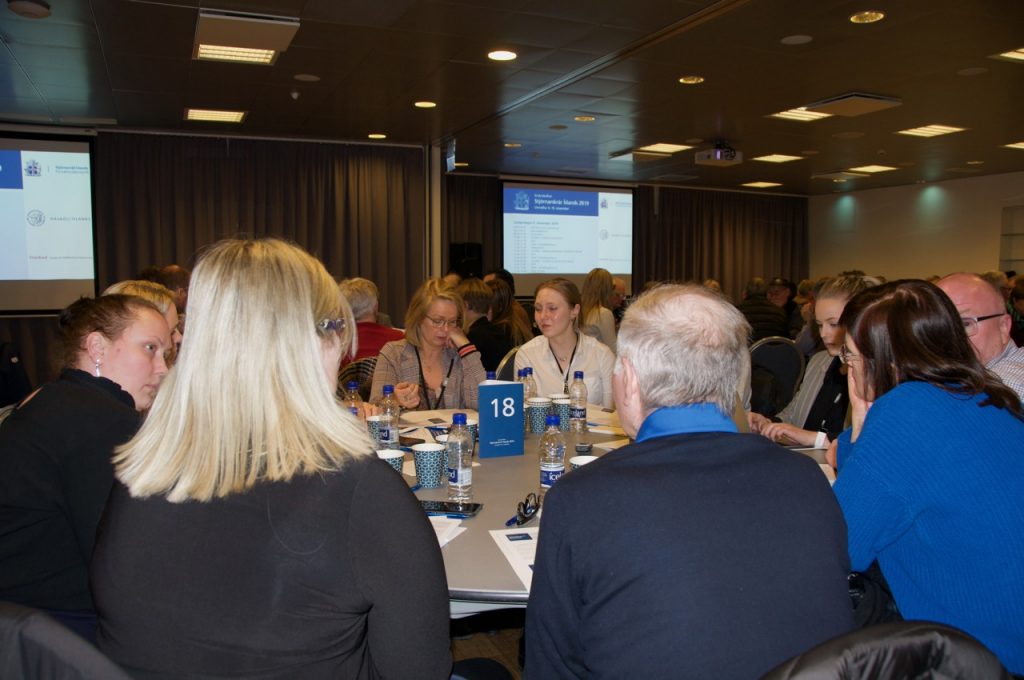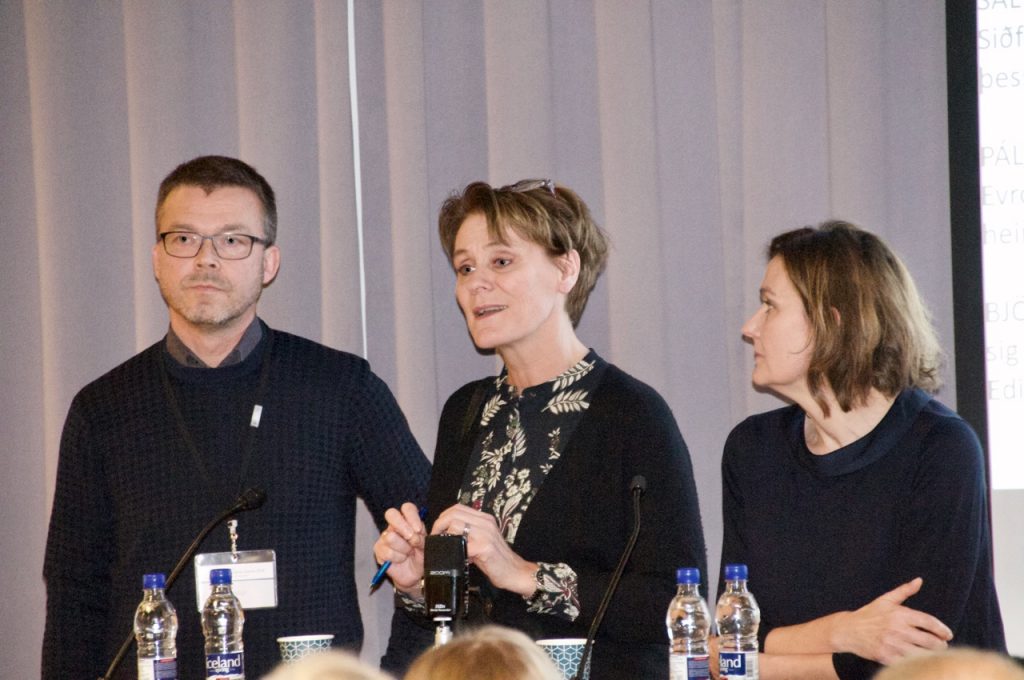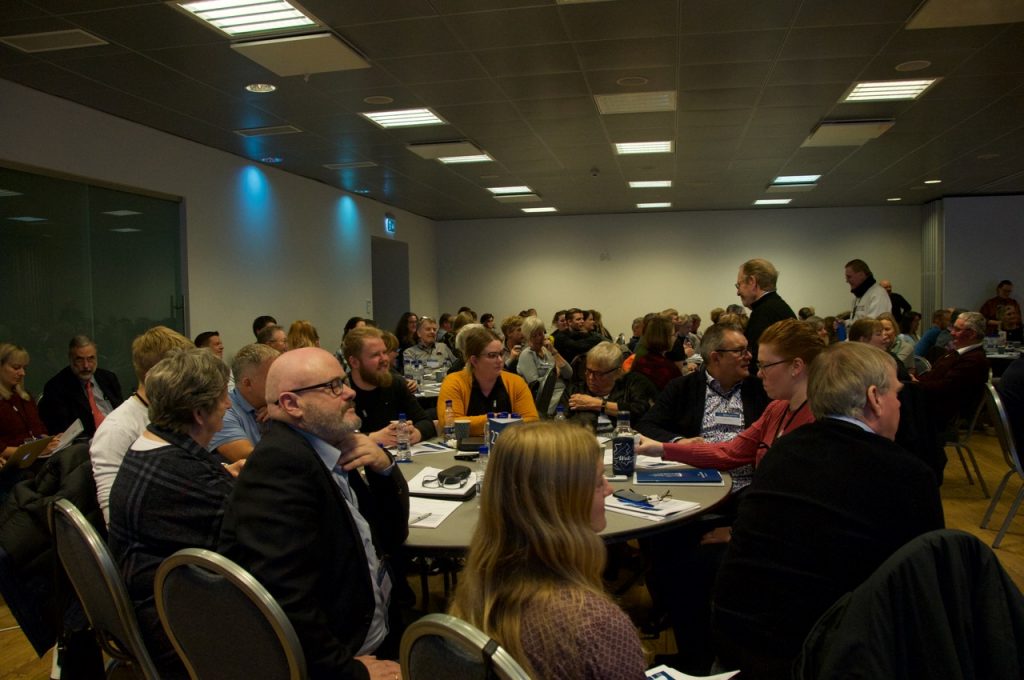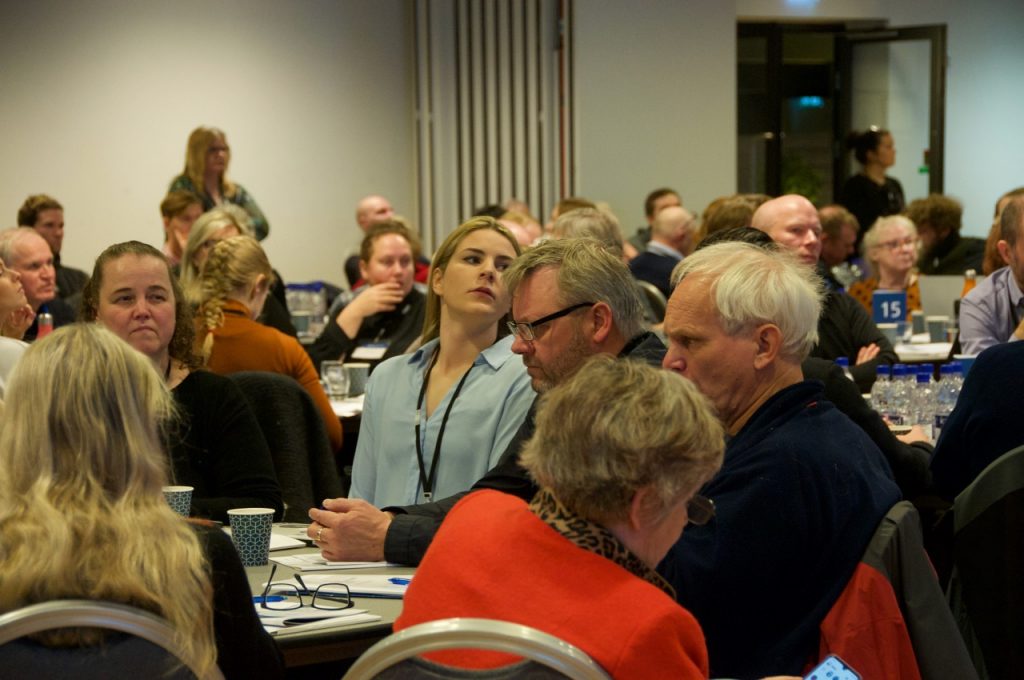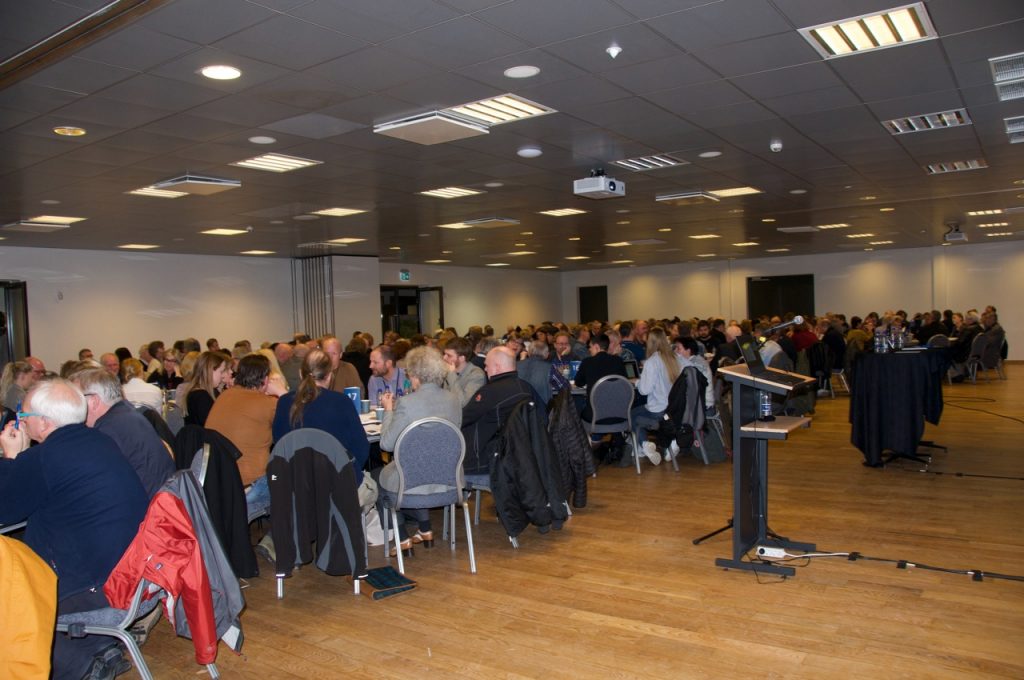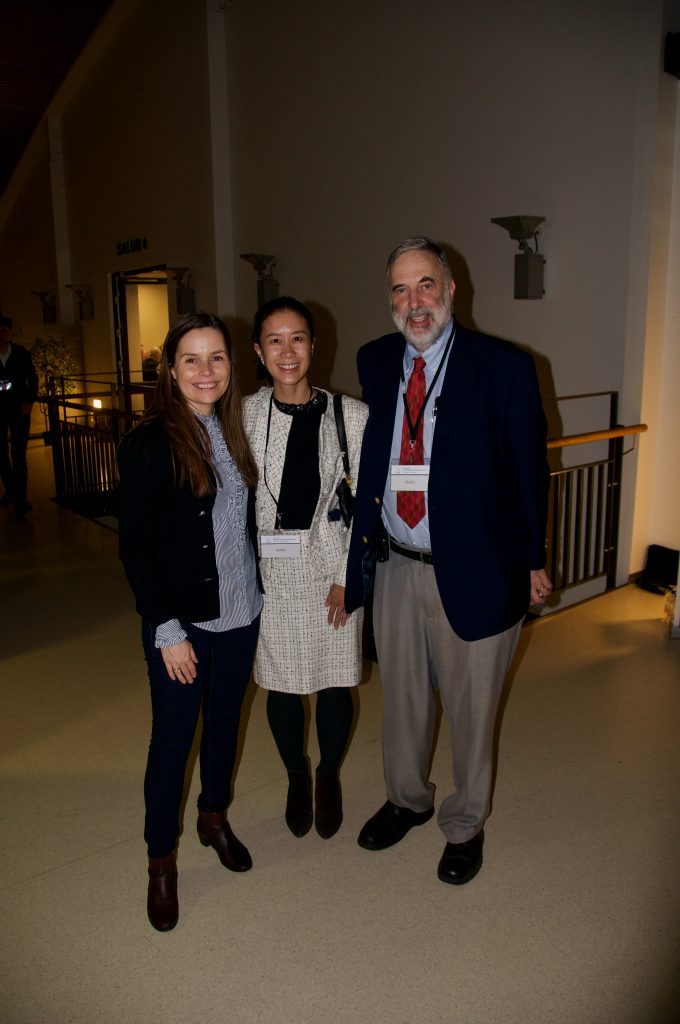| TITLE OF PAPER | Space of resistance: feminist science-fiction and the wondrous, terrifying potential of the female monster |
|---|---|
| AUTHORS NAME | Sara E. S. Orning |
| AFFILIATION | Department of Special Needs Education |
| UNIVERSITY / INSTITUTE | University of Oslo |
| s.e.s.orning@isp.uio.no | |
| ABSTRACT |
In this paper, I examine the potential space of resistance created by literature that draws on and transforms genealogies of gender- and race-based monstrosity. Over the past twenty years or so, Monster Studies has arguably emerged as a fledgling academic field, enabled especially by explorations of difference, bodies, and power in gender studies. Donna Haraway’s “Promises of Monsters” (1992) set off the investigation of monsters as figures of promise – of what, we cannot be completely sure – in differently imagined futures. In a good feminist theory of science tradition, and with a science-fiction inflection, she wanted her theory to “produce not effects of distance, but effects of connection, of embodiment, and of responsibility for an imagined elsewhere that we may yet learn to see and build here” (295). According to Haraway, monsters, such as the cyborg, can be approached as boundary figures, “others” that do not fit the category of “human”. |
| BIOGRAPHY |
Sara Orning is a Postdoctoral Fellow on the Norwegian Research Council-funded project BIODIAL: The Biopolitics of Disability, Illness, and Animality in the Department of Special Needs Education at the University of Oslo. Her academic interests center on the body in its many incarnations: as lived, experienced, embodied; as site for conflicting ideological interests; and as symbolic entity in which we invest our fears, anxieties, and hopes regarding what it means to be human. As such, perspectives of gender, disability, monstrosity, and animality are crucial to her research. She researches early modern, Victorian, and contemporary extraordinary bodies, and is interested in how norms of similarity and difference emerge and transform over periods of time. |
| CO-AUTHORS |
No co-authors |
| KEYWORDS | monsters, feminist posthumanism, intersectionality, science-fiction |
| STREAM | 7. Exceeding the Actual: Visions and Spaces for Change |
| COMMENTS | |
| PICTURE | |
| Webpage | |
Home »
